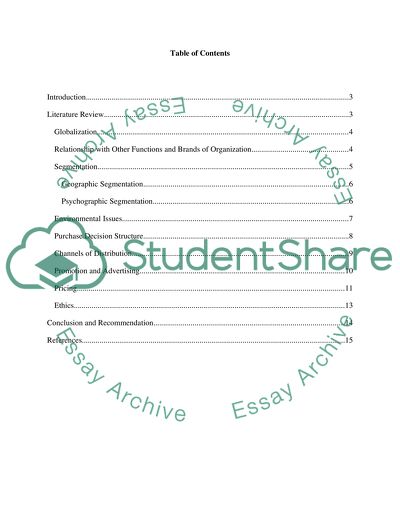Cite this document
(“Two Familiar Brands Competing in the local Marketplace Essay”, n.d.)
Retrieved de https://studentshare.org/marketing/1391191-two-familiar-brands-competing-in-the-local
Retrieved de https://studentshare.org/marketing/1391191-two-familiar-brands-competing-in-the-local
(Two Familiar Brands Competing in the Local Marketplace Essay)
https://studentshare.org/marketing/1391191-two-familiar-brands-competing-in-the-local.
https://studentshare.org/marketing/1391191-two-familiar-brands-competing-in-the-local.
“Two Familiar Brands Competing in the Local Marketplace Essay”, n.d. https://studentshare.org/marketing/1391191-two-familiar-brands-competing-in-the-local.


